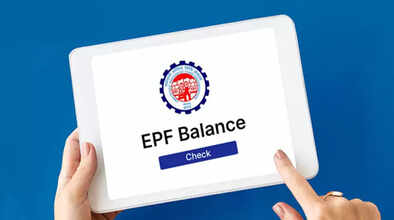EPFO: How to withdraw PF money from ATM and UPI, will the service start from June..

The Employees Provident Fund Organization (EPFO) is going to modernize its platform. EPFO has completed preparations to launch its new platform EPFO 3.0. A new digital platform called EPFO 3.0 has been created, which can be activated from June 2025. Through this platform, the process of withdrawing money from their provident fund accounts by PF members will be made very easy and fast.
Now PF withdrawal will be easy.
Under EPFO 3.0, now employees will be able to withdraw their PF money with the help of UPI and ATM. Earlier long processes like filling forms, and waiting for approval will now become history. According to reports, most of the claims will now be processed automatically, and settlement will be possible in just 3 days.
Major changes in EPFO 3.0
Withdrawal from ATM and UPI: Withdrawal cards like ATM cards will now be issued to withdraw money from the PF account.
Online balance check and fund transfer: Members can check their PF balance online and transfer funds to the bank account of their choice.
Digital KYC update: Account updates will be easy through mobile OTP verification.
Special focus on security: Strong security measures have been incorporated for all transactions and updates.
How to withdraw money from an ATM?
Get an EPFO withdrawal card, which will be linked to your PF account.
Claim online (90% of claims will now be automated).
Withdraw money from ATM through withdrawal card after claim settlement.
The withdrawal limit will depend on the reason you choose—which can range from 50% to 90% of the total balance.
Requirements for PF withdrawal
UAN (Universal Account Number) should be active.
Mobile number, Aadhaar, PAN, and bank account—all should be linked to UAN.
Identity card, address proof, canceled cheque (containing IFSC and account number) and UPI/ATM integration will be required.
Disclaimer: This content has been sourced and edited from TV9. While we have made modifications for clarity and presentation, the original content belongs to its respective authors and website. We do not claim ownership of the content.

